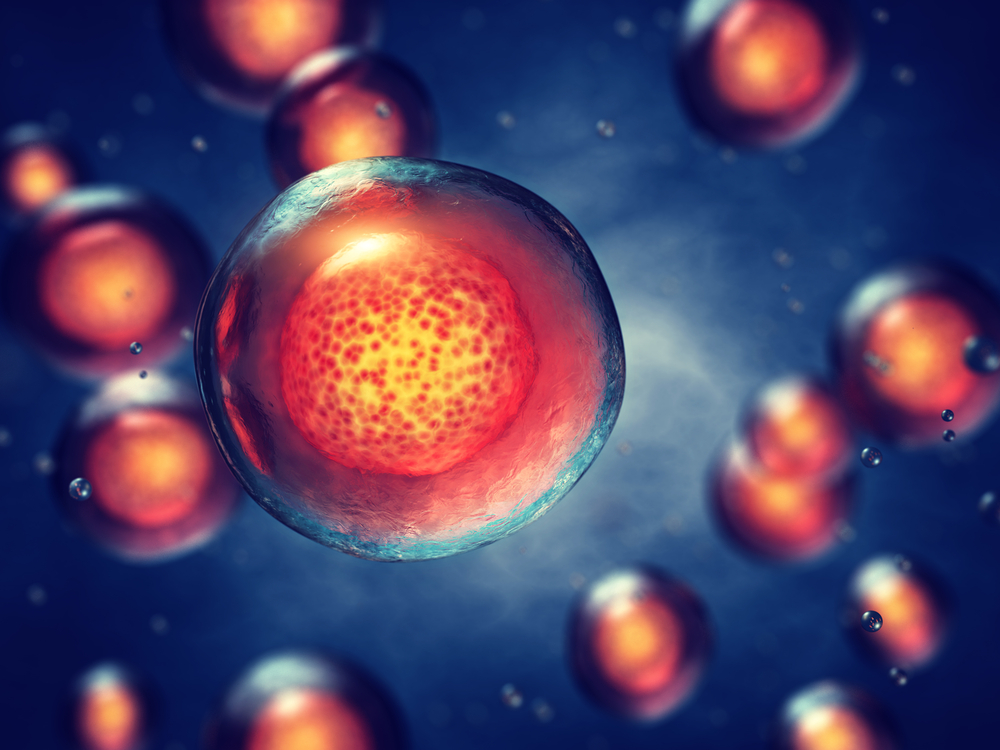Patients’ Stem Cells a Potential New Cell Model for Alport Research, Study Suggests

Using induced pluripotent stem cells may help researchers identify the underlying mechanisms of Alport syndrome, according to a new study from Monash University in Austrialia.
Researchers developed podocyte-like cells — cells important for the filtering capacity of the kidneys — from two Alport syndrome patients and found that the cells have impairments in potassium channels, which may contribute to the disease.
The study, “Induced pluripotent stem cell derived podocyte like cells as models for assessing mechanisms underlying heritable disease phenotype: initial studies using two Alport syndrome patient lines indicate impaired potassium channel activity,” was published in the Journal of Pharmacology and Experimental Therapeutics.
In Alport syndrome, the glomerular basement membrane, which is part of the kidney’s filtering system, becomes thicker and splits, leading to the death of the cells lining the basement membrane, called podocytes.
Two types of receptors, called calcium sensing receptor (CaSR) and angiotensin II receptors, have profound effects on podocyte function and survival. In rodent models of renal failure, activation of the CaSR protected podocytes from stress-induced death.
“The paucity of treatments for chronic kidney diseases such as [Alport syndrome] is, we believe, partly due to a lack of robust, in vitro model systems to study podocyte function in health and disease,” researchers wrote.
Current culture models of human podocytes do not allow the cells to be maintained for long periods of time. Researchers previously succeeded in generating podocyte-like cells from induced pluripotent stem cells (iPS) — they used a group of cells found in the human kidney and reprogrammed them back into an embryonic-like, pluripotent state, to generate the podocyte-like cells.
In this study, they generated two podocyte-like cells from induced-pluripotent stem cells derived from two patients with Alport syndrome to assess the function of CaSR and compared it to that of a healthy individual and a commonly utilized, immortalized podocyte cell line.
First, researchers confirmed that the induced pluripotent stem cells used for this study showed markers commonly used to identify podocytes, called WT-1 and podocin.
They then used activators of the CaSR and angiotensin II receptor to compare the functional activities of Alport syndrome patients and healthy podocyte-like cells against the immortalized cell line.
Adding extracellular calcium to activate the CaSR elicited concentration-dependent elevations of intracellular calcium in all podocyte-like cells. The healthy and immortalized cell lines, however, underwent an acute reduction in the concentrations of calcium prior to its increase.
Researchers also found that in Alport syndrome podocyte-like cell potassium channels called KCNMA1 are not functional, which may affect podocytes survival. KCNMA1 channels are significant regulators of these cells’ activity.
The absence of the potassium channel function may explain the elevated calcium in the Alport syndrome podocyte-like cells derived from stem cells.
The angiotensin II type 1 receptor was also identified as a key regulator of calcium concentrations inside the cells.
Overall, these results suggest “that induced pluripotent stem cell-derived podocyte-like cells may represent a useful system for basic mechanistic and pharmacological studies of heritable kidney disease,” the study concluded.







Kansas City SEO
I hope they will come up with something that will be helpful to the world,.